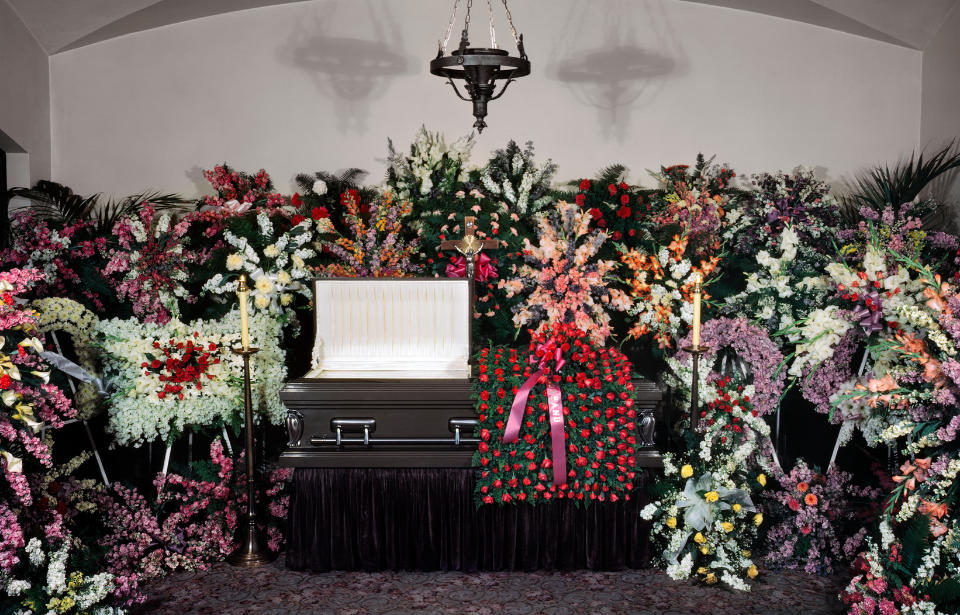If there’s any profession that’ll never run out of work, it’s those dealing with death. Funeral directors and morticians perform many tasks behind the scenes to honor the deceased as they’re laid to rest. A lot goes into making funerals run smoothly, with many of these tasks shrouded in secrecy.
Forget the hearse – funeral directors drive minivans!
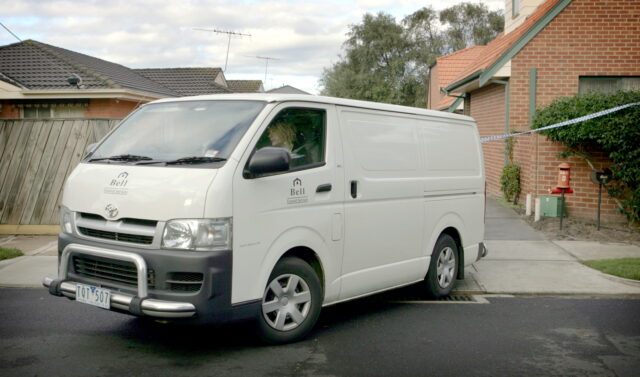
Hearses are the poster vehicles for funeral services. However, before the service and burial, the decedent’s body has to be taken to a service center for preparation. For these less glamorous requirements, flashy transportation isn’t necessary. As such, morticians often use minivans to move the deceased from one place to another.
Jeff Jorgenson, a mortician at Elemental Cremation & Burial in Seattle, Washington, told Mental Floss:
“The reason you don’t see the dead being picked up in your daily life is because we’re stealth like that. We are soccer moms and we are legion! Actually, we just use soccer-mom vehicles: Minivans are the transportation of the dead. We rarely drive hearses – those are ceremonial vehicles only.”
A pleasant expression takes a lot of work
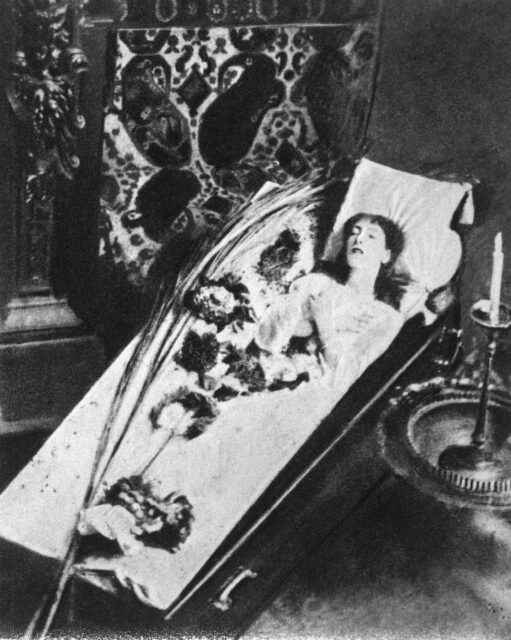
We all know that, for open-casket funerals, morticians will use makeup to liven up the paling flesh of the deceased. However, a lot more work goes into making them look presentable.
To start, morticians will stuff the nose and throat with cotton to prevent the skin from sinking, as the material allows the body parts to their original shape.
To maintain a pleasant facial expression, morticians will stitch the skin near the decedent’s jawbone and nasal cavity with either a curved needle and thread or a needle injector machine. They’ll also place small cups with spikes beneath the eyelids to keep them closed and prevent them from caving in.
Everyday products
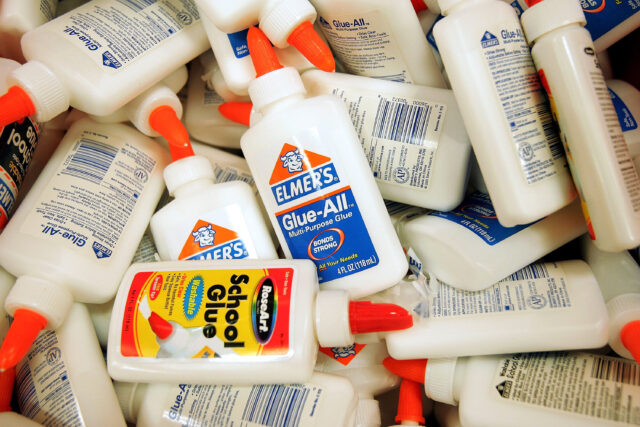
Sometimes, the features of the deceased are stubborn and refrain from staying put. This is when morticians turn to everyday products to keep things where they need to be.
Caitlin Doughty, in her book Smoke Gets In Your Eyes & Other Lessons from the Crematory, reveals, “If the usual methods of setting the features aren’t sufficient to keep the eyes closed or the mouth shut, superglue is a secret weapon.”
This isn’t the only trick morticians have up their sleeves. Funeral director Amy Cunningham with Fitting Tribute Funeral Services in Brooklyn, New York told Mental Floss, “If you need to keep a deceased person’s hands folded neatly at their abdomen, but their arms keep falling down into the sides of the casket, you can gently bind their thumbs with a ponytail tie.”
Protective caskets aren’t what you think
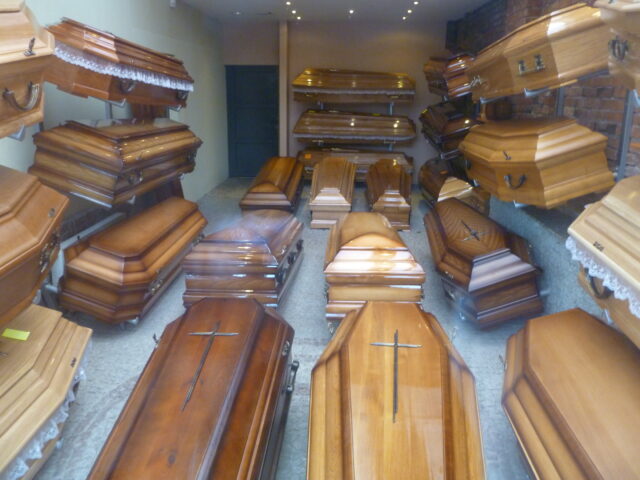
In the funeral market, some caskets have been marketed as “protective,” meaning they’re lined with a vacuum-sealed rubber that’s alleged to “entry of outside elements.” However, it seems outside elements are a necessary part of the natural decaying process.
Mark Harris, author of Grave Matters: A Journey Through the Modern Funeral Industry to a Natural Way of Burial, wrote that protective caskets cause the growth of anaerobic bacteria that break down the body through putrefaction.
They can turn “soft body parts to mush and bloating the corpse with foul-smelling gas […] Inside the sealed casket, the result is a funeral version of the decay that’s found in swamp bottoms and the bowels of unturned compost piles.”
Pacemakers can be explosive
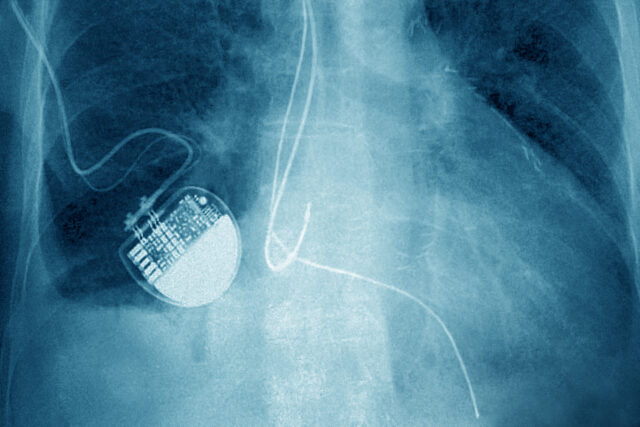
While exploding caskets aren’t necessarily something funeral directors have to deal with directly, as they typically explode once placed within above-ground mausoleums, pacemakers certainly are.
These medical devices can explode during the cremation process. Caleb Wilde, a sixth-generation funeral director and author of the blog Confessions of a Funeral Director blog, explains, “It can explode and can cause upward of $10,000 of damage to the retort [cremation machine].”
He continues, saying, “Pacemakers need to be removed before cremation. And don’t worry, the funeral directors/cremationists will do the removal for you.”
All those chemicals go down the drain
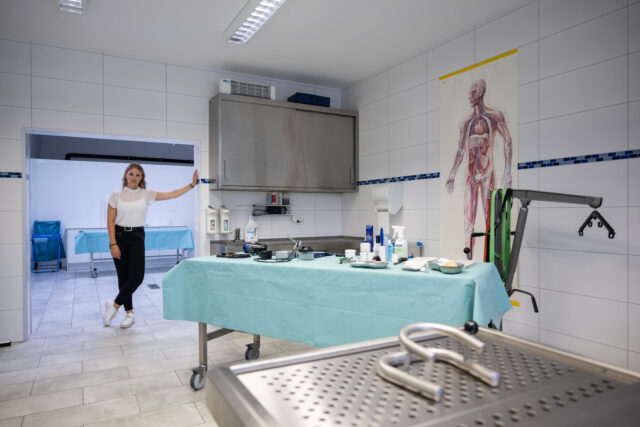
When fighting the natural processes of decay in a deceased body before the day of the funeral, one often assumes a plethora of chemicals are necessary. The common understanding is that they’re highly toxic, leading to the belief they would be disposed of responsibly. However, this isn’t the case.
Instead, all “funeral waste” is washed down the drain, including fecal matter, blood, the contents of internal organs and whatever chemicals morticians use in the embalming process. As such, these different waste materials end up in the public sewage system. AS Caleb Wilde explains to Mental Floss, “Blood isn’t any worse than the other things that go down the loo.”
You can’t be buried under a tree
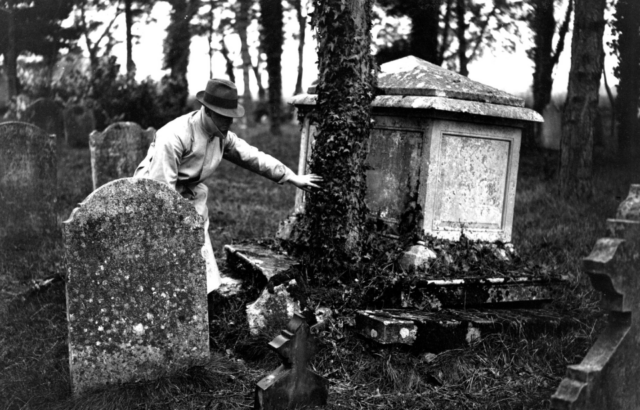
There are many ways people wish to be laid to rest. Some want to be buried by their loved ones, while others want their ashes scattered into the ocean. Some even want to be buried beneath a tree they’re fond of. “Green burials” are becoming increasingly popular, but you can’t actually be buried under a tree.
Sarah Wambold, an Austin, Texas-based funeral director and green burial expert, tells Mental Floss:
“A body must be buried at least four feet from a tree to protect its root system. It’s a bit of an adjustment for people who are committed to the image of being buried under a tree, but that’s not always the most green option for the tree. Wouldn’t they rather allow the tree to continue to live?”
A popular alternative is planting a tree atop your grave, as its roots can grow over your body.
Child funerals
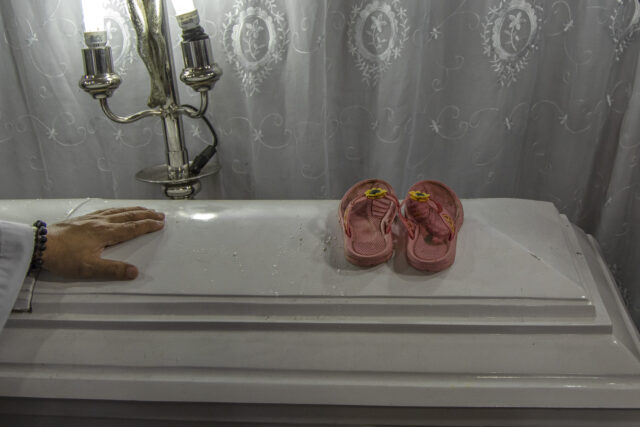
Infant and child deaths are the hardest to process, and no respectable funeral home tries to profit from them. There are also several organizations that help grieving parents throughout the funeral process. Some institutions even offer to bury infants at no charge.
As Amy Cunningham tells Mental Floss, “It is a tradition in the funeral industry to provide funerals to the families of stillborn babies and very young infants at cost. Funeral directors do not care to make a profit on the deaths of children, and in fact, the death of a young child saddens the whole firm more than almost anything else.”
Body implants become road signs
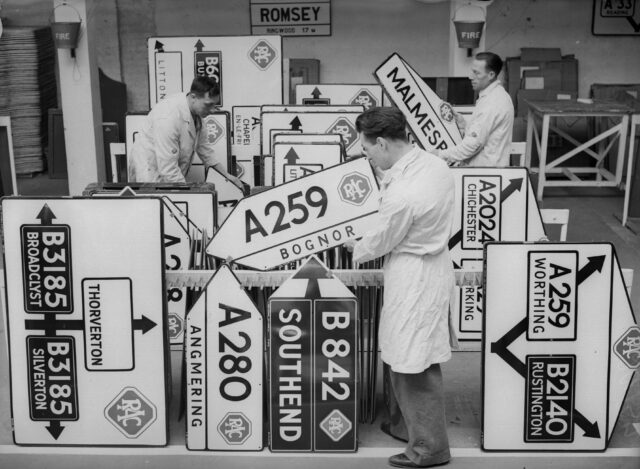
Many people don’t know that the implants individuals are given during their lifetime don’t remain with the body during the burial or cremation process. Instead, hip and knee implants are removed and available for family members to take back, should they request to do so.
However, many people either don’t bother or are unaware they can take them.
More from us: We Can’t Believe What People Used to Believe Back in the 1950s and ’60s
Implants that go unclaimed are often melted down and recycled into road signs, lamposts, safety barriers and car parts. Other implants, like those in the breasts, don’t have the same longevity, as they tend to melt down and cause a mess within the cremation machine.
